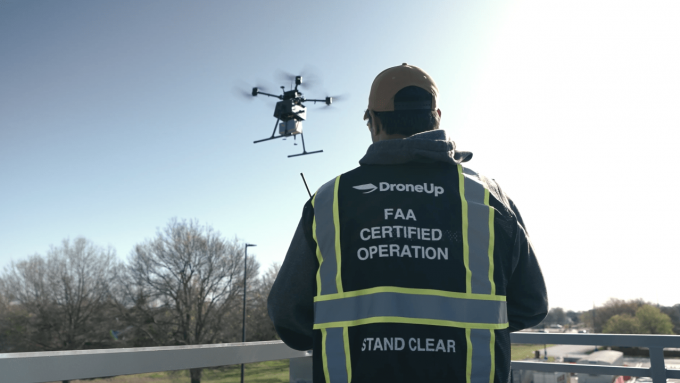The M&A window of opportunity is wide open
The bigger the better, on merit

Commercial cargo drone activities are pushing forward in the US, Europe and Africa, with the latest drive coming from Walmart, which is preparing to take a delivery trial in Arkansas to the next level.
It is expanding its programme to reach some four million consumers in six US states.
Last autumn, Walmart, in partnership with operator DroneUp, launched a pilot programme for deliveries to homes in Arkansas within a radius of 1.5 miles from a Walmart location. This year they have added ...
Maersk u-turn as port congestion increases across Northern Europe
Apple logistics chief Gal Dayan quits to join forwarding group
Maersk Air Cargo sees volumes fall as it aims for 'margin in favour of revenue'
Airlines slash freighter capacity post-de minimis, but 'the worst is yet to come'
Houthis tell Trump they will end attacks on Red Sea shipping
Transpac rates hold firm as capacity is diverted to Asia-Europe lanes
MSC revamps east-west network as alliance strategies on blanking vary
India-Pakistan 'tit-for-tat' cargo ban sparks sudden supply chain shocks

Comment on this article